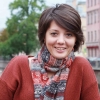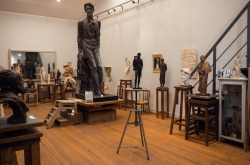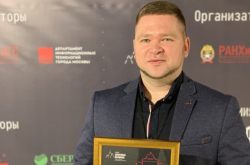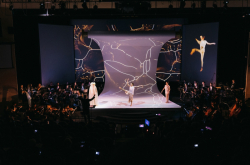Artem, you delivered a course for ITMO’s Lighting design students this year. How did you come to know about the program?
I’ve known the program’s head, Natalia Bystriantseva, for over 5 years already. We regularly met at various events, including international conferences. This year, she offered me to deliver lectures on lighting culture for students of the Lighting Design program. At this time, I already had some experience in lecturing. I immediately agreed.
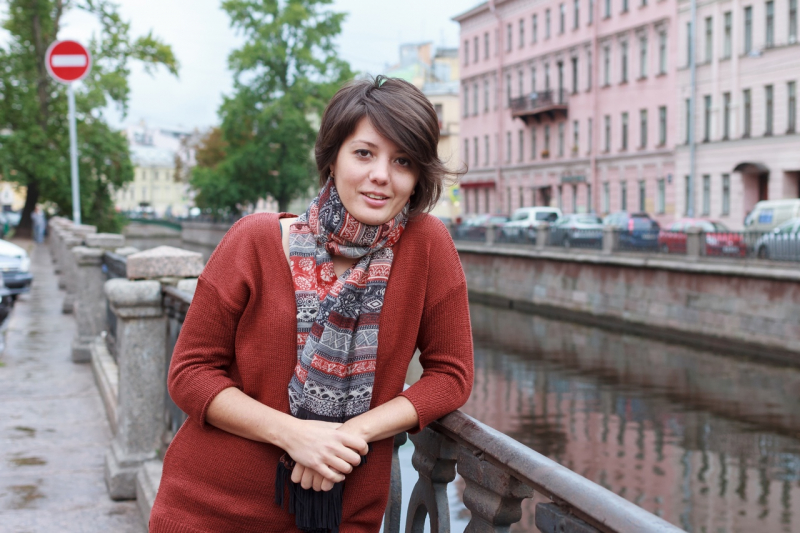
In 2020, you were named among the most promising representatives of the lighting design industry. What’s your opinion of such a recognition?
Naturally, I was very glad when I was nominated, and for me, this is an assessment of my contribution to the development of lighting design. In fact, I still don’t know who nominated me, as it was done anonymously. For the award ceremony, I was to fly to London, but the trip was cancelled due to the pandemic. So I got my award by mail.
Tell us about the geography of your lighting design projects.
In Russia, my projects are mainly in Moscow and St. Petersburg. I had an experience of working on a restaurant space in Dushanbe, and the design of an exhibition in London. In India, I implemented a project on facade lighting of a hospital. As of now, I live in Germany and work at the CUT studio, mainly on the lighting design of public and commercial spaces: offices, banks, train stations, conservatories, both exterior and interior lighting. But there are exceptions. For example, last year, I had four projects on lighting solutions for temples – this was a most interesting experience!
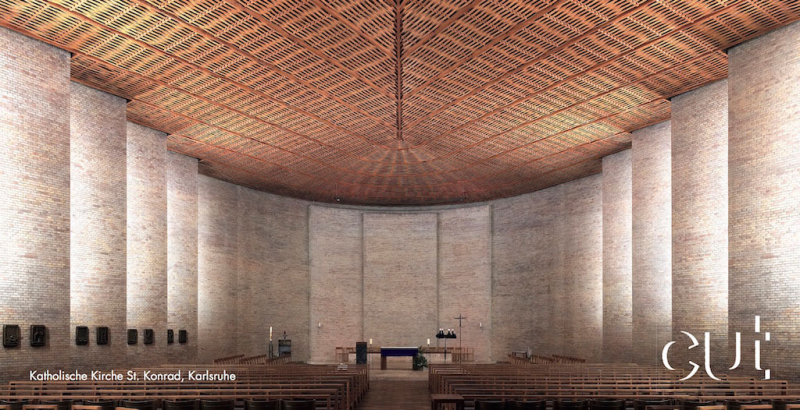
What is it that you think are the more important aspects of lighting design: theory or practice, creativity or technologies?
You need the right balance of both. If you lack the knowledge of a technical aspect, you can’t do a high-quality project. Without an original idea, without the soul, even a perfect job will seem lifeless.
So you’ve found this balance. You started out as an engineer – how did it happen that you’ve become a lighting designer?
Yes, I got an engineering degree at Bauman Moscow State Technical University. As a student, I went on an exchange semester to the Technical University of Denmark and there I first acquainted myself with lighting design. I liked it so much that I understood that it is what I wanted to do. Having returned to Russia, I wrote my diploma on natural lighting and started to work with light. Then I understood that I lacked knowledge in design, so I joined Hochschule Wismar in Germany, where I got my second Master’s degree, in lighting design and design management. This was a program for working specialists, so most of it took place offsite, and I could combine work and study. So I worked in Moscow and sometimes went to Germany for exams.
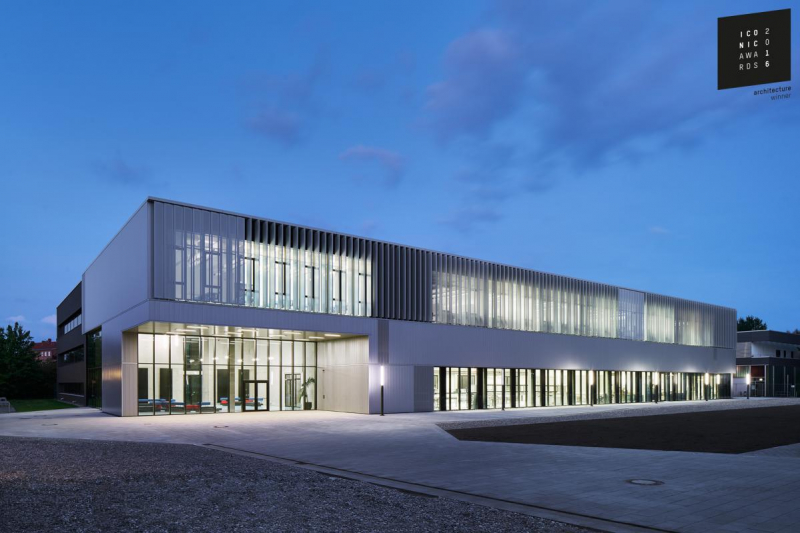
Tell us about your course Light in Culture that you delivered for ITMO Master’s students.
This is, in a way, an introduction to the profession of a lighting designer. As part of the lectures, we answered questions that had to do with who lighting designers are, what they can contribute to a project, how this industry operates, its values and significance in the context of cultural differences, the role of light as an instrument of experimental modeling in art, architecture and design, discussed the issues of the lighting environment of a city: person – society – culture, and so on. The key goal was to give an overview of the lighting culture and the profession of a lighting designer in Russia and abroad. A deeper goal was to give students an opportunity to contemplate on such important concepts as mission, purpose, love for one’s profession. It is very important to know what you come to this field for, and how this can affect the world around you.
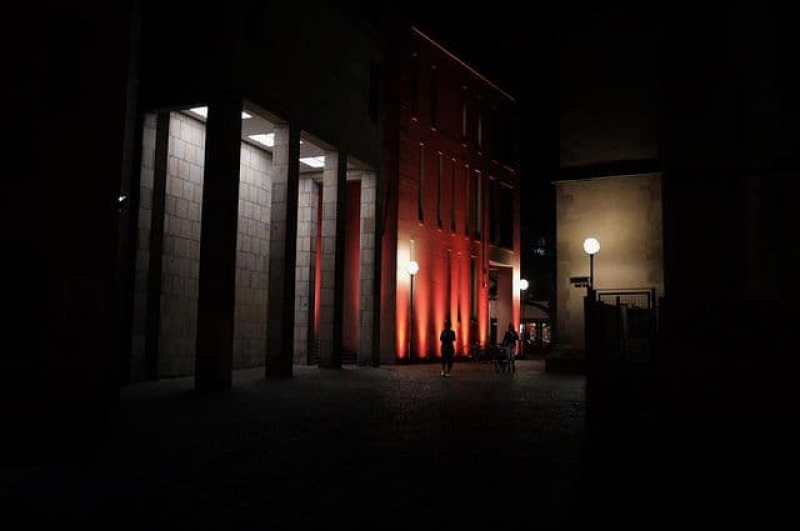
Apart from the lectures, we had four practical assignments. And every time, the students presented works of their own. It’s quite often that those who study lighting design, maybe even design in general, have issues with presenting their ideas live. So if students start to practice the associated skills during their education, they have it easier in their professional activities.
Can you tell us about these projects?
As part of the first practical assignment, students studied natural lighting phenomena such as lighting, bioluminescence, and the solar eclipse. They had to speak about them from the physical standpoint and analyse how phenomena such as these are perceived in various cultures and religions. For example, in Norse mythology, in Greek mythology, and in Christianity, that is, analyse it from various perspectives. As a result, they prepared a small report on their research, a basic pre-project analysis in a game format. For the second assignment, the students analysed projects by renowned architects who work with natural light.
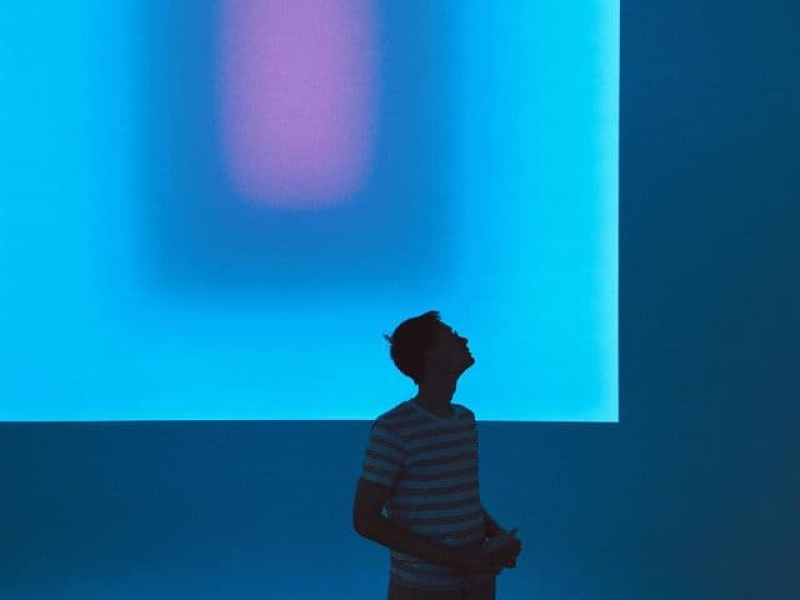
Then there was a similar task where they studied renowned lighting designers and the world’s lighting design studios: I asked my students to study their values and history, as well as analyse several landmark projects. And the last task was more about creativity. The students designed a small lighting installation of their own that translated an emotion inside a white box: they had to work with various materials, light, and photograph the effects they got. So that was a mini-project that’s very useful in terms of further study: next semester, the students will develop objects in real environments.
What’s the recipe of your success, and what should students do in order to attain professional recognition?
First of all, you have to love your profession, understand your value and constantly develop, keep track of everything that happens in the field of lighting design. Be unafraid to experiment, seek things new in the mundane, develop multicultural and interdisciplinary thinking, aim to look at tasks from various standpoints, including from the perspective of different specialists.
Secondly, learn English. All the core materials, latest research, and conferences call for a good command of English. If you want to know what’s what, you need to at the very least be able comprehend information in English, and better be able to communicate in this language with ease.
The third thing is networking. Developing your network of contacts proves very useful. I aim to share my knowledge, and it pays back. I do many presentations, organize events that have to do with lighting design, deliver workshops, often as a volunteer. Usually, those who participate thank me and sometimes approach me with new initiatives and projects. This way, you can meet people of importance in this industry, who are interesting to communicate and do projects together.


